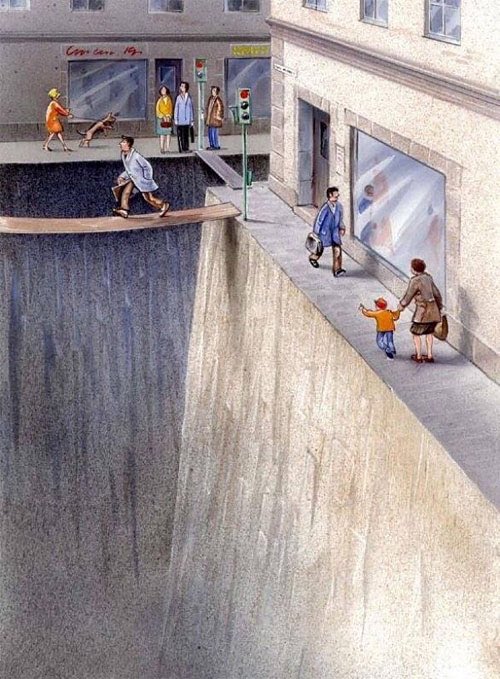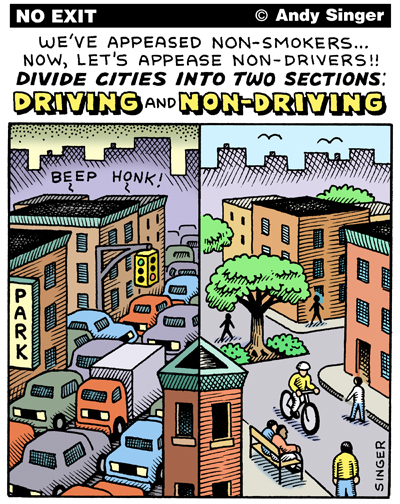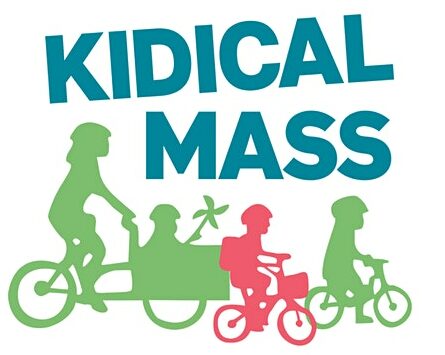Kidical Mass rides are fun, a lot of fun! They are meant to be an opportunity for families to enjoy themselves. We ride our bikes, we chat, have some cake, and we play. But sometimes, we need to get serious as well. This is the campaigning side of Kidical Mass. We write articles on this blog setting out our opinions, we run petitions and we sit on council meetings about active travel.
We try to push the council to implement more infrastructure for safe active travel. A big part of this is enabling families to do the school run in an active way. For example, we have recently campaigned for infrastructure to connect to the new River Academy school.
It is great to see some of the measures the council is taking already. There is the Clean Air Living Matters (CALM) project to raise awareness about air pollution, including the role of motorised traffic. The council is also implementing wonderful School Streets to protect children near their schools.
Obviously, children don’t teleport to these school streets, though. There are still many barriers to active travel. I cycle to school with my child every morning along Hemdean Road in Caversham, a road with two primary schools and a nursery. Morning traffic can be hectic on this bendy road, with parents driving children to school, buses coming through and traffic using the road as a rat run. The available space is severely restricted by parked cars on both sides. After enduring numerous close passes on myself and my child, I have recently helped the school campaign for extra safety measures. While the council has sympathised with the requests, two arguments were repeatedly mentioned. If you follow discussions around active travel in Reading, you will surely recognise these recurring themes.
Parking space
Firstly, we are told, whatever we do, to not impact any parking spaces. Indeed, across the country it is often said that UK streets are too narrow for cycle paths and other infrastructure. This is clearly nonsense. Many roads are more than wide enough, but almost all of the space is allocated to the movement and storage of motor vehicles. This is a political choice, not a law of nature that can’t be changed.
This situation is only becoming worse with the trend for unnecessarily large cars, with almost a third of new cars sold being SUVs. These cars make the roads more dangerous for other road users by restricting space and visibility. In case of a crash, their weight and shape strongly increases the severity of the consequences. They cause more air pollution (including the electric ones). A recent study showed that air pollution caused by cars could have dropped by over 30% if this car obesity had not occurred.
The lack of space means there’s also no room for other much needed measures that enable active travel, such as shared cars and on-street bike hangars. It means no space for more plants and trees, which will be sorely needed to combat the urban heat island effect during heatwaves of ever increasing severity and to combat the dramatic decline of biodiversity. We have no space for benches for people to rest and socialise.

Crucially, it means no space for children to play. UK children are said to be among the least active worldwide. Is this any wonder? Have you had a look outside recently? Our society values the convenience of its adults to leave their belongings lying around over the health and safety of its children.
Reclaim
We need to reclaim our public space now, before the situation becomes even worse.
The council even supports this aim, in principle. The Reading Transport Strategy 2040 says the council will re-allocate space to active travel. The reality can, however, be very different. An example: the council has recently voted through the Bus Service Improvement Plan (BSIP). Interestingly, this plan included a short new section of cycle lane on Oxford Road. Sadly, even this short section is interrupted halfway though. By what you ask? Parking spaces, of course. Meanwhile, under the same plan extra parking spaces are created just around the corner. How is this re-allocating space for active travel?
So, there are vague claims, but no concrete plans for how to implement them. Other boroughs, are taking actions. Some are charging higher parking permit fees for larger, more polluting vehicles. Other councils have much more extensive parking permit zones. What will RBC do? It is not enough to have lofty aims without a plan for implementing them. The council can not be taken serious about its ambitions in active travel unless it sets out a clear plan for how to tackle this blight on our public space.

On some streets houses have no front garden where owners can park their vehicles, but many do have sufficient space. Parking a small vehicle on their own property is an option for many people, but most simple choose not to. Why would they if they are given extra space for free on the road? Let them convert part of their front garden if they really need to. If you look carefully, you will start to notice that some of those cars are almost permanently parked, sometimes with cobwebs on the tyres and a patch of dirt accumulated underneath the vehicle, even in front of houses with ample space, but owners can’t be bothered.
Money
The second oft-repeated argument is that their is no money for infrastructure. The council keeps a long list of requested changes to improve road safety that are awaiting funding. Many of these measures, no matter how small, will have to wait for many years for anything to happen. Yet at the same time the council is handing out huge subsidies to car owners by surrendering one of its prime assets: the public space. Most of this subsidy is going to owners of larger cars, often the wealthier residents of Reading. Meanwhile the poorest households often don’t own a car (30% of households across the UK don’t own a car) and miss out yet again.
Fixing it
Therefore, here are some of my personal suggestions to the council:
- Introduce size based parking permit fees,
- Significantly expand permit fee zones,
- Increase all parking permit fees to represent the true cost of public space. Exemptions and reductions can be given to those who can’t afford it.
- Set out a street-level plan and timeline for reducing parking space to make way for infrastructure for sustainable transport,
- Keep in mind the needs of disabled persons and use part of the freed up space to improve blue badge parking
- Increase space for shared cars and install bike hangars,
- Ring fence proceeds for active travel and public transport.
When will the council make clear that parking on our roads is a privilege, not a right? That children’s health, safety and future are more important than storing metal boxes?

